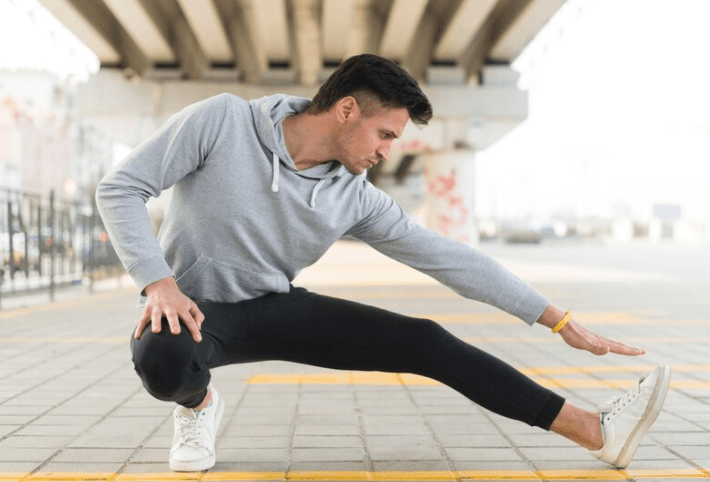Stretching is an important part of any exercise routine, both before and after a workout. Stretching prepares your body for exercise and promotes recovery after a workout. Here are some reasons why stretching is important:
1. Increase flexibility
Stretching increases the flexibility of your muscles and joints. Good flexibility allows for a greater range of motion, which can improve athletic performance and reduce the risk of injury.
2. Improve blood circulation
Stretching increases blood flow to your muscles, which can help relieve muscle tension and increase oxygen and nutrients to your muscle tissue. This is very important for muscle recovery and to reduce post-workout soreness.
3. Preparing muscles for exercise
Stretching before exercise helps prepare your muscles for exercise by increasing their temperature and flexibility. This can reduce the risk of muscle and tendon injuries during intense exercise.
4. Helps reduce muscle tension
Stretching after exercise helps reduce muscle tension and prevent cramps. It also helps restore muscle length to normal and reduces the risk of muscle imbalances.
5. Improve posture and body alignment
Regular stretching can help improve posture and body alignment by reducing tension in frequently used muscles. Good posture is important in reducing the risk of back pain and other injuries.
6. Increase relaxation and reduce stress
Stretching can also help promote relaxation and reduce stress. The slow, deep breathing technique often used during stretching can help calm the mind and body, and reduce mental tension.
A guide to stretching before exercise
- Warm-up: Warm up for 5-10 minutes with light activities such as walking or cycling to increase your body temperature.
- Dynamic stretching: Focus on dynamic stretches that involve brisk movement through a full range of motion. Examples of dynamic stretches include walking squats, high knee raises, and arm circles.
- Target muscle groups for training: Dynamic stretching should target the muscle groups that will be used during your primary exercise. For example, if you are going for a run, focus on dynamic leg and hip stretches.
Post-Workout Stretching Guide
- Cooling: Cool down for 5-10 minutes with light activities such as walking to help lower your body temperature and heart rate.
- Static stretch: Focus on static stretches that require you to hold the stretch for 15-30 seconds. Examples of static stretches include hamstring stretches, quadriceps stretches, and shoulder stretches.
- Breathe in calmly: Take calm, deep breaths while performing static stretches to help increase relaxation and the effectiveness of the stretch.
By stretching before and after a workout, you can improve your workout performance, reduce your risk of injury, and speed up your recovery. Stretching is an important part of your workout routine that shouldn’t be overlooked.
Read more: 7 Types of Exercise That Can Help You Lose Weight
















